
So you’ve decided that you are immune to the DIY madness sweeping the nation, and you’re ready to hire a contractor to finish your home improvement project or major renovation.
Whatever level of work you require, there are different contractors and professionals you need to consult with before hiring one. Here are a few tips on what to look for when preparing to hire a professional to complete your project.
Seek Personal Recommendations
Do you know a friend, relative, or coworker who has had a similar project done? Ask them who they used, if they’d recommend them, and how much the contractor or company cost. Oftentimes, personal recommendations are more reliable than online reviews.
If it sounds like a good fit, reach out to them. Being referred by a past client can also earn you a discount or a referral fee for the person who referred you.
Start Your Search Online

If you’re starting from scratch, a safe place to start is always Google. You can search by project type, like “plumbers” or “basement finishing” or “landscaping” in your zip code, and search that way.
Now, with the use of AI, you can quickly ask bots such as ChatGPT, Gemini, Claude, and many more for recommendations. However, always take the extra step to double-check the results, as these tools can hallucinate.
You can also use online directories, like Angie’s List or the White Pages, to look up local businesses that specialize in what you want to do.
Also, be sure to check the company’s record on the Better Business Bureau’s website to verify that no complaints have been filed against it.
Review Your Budget

When you find a person you think would be a good fit, schedule a time for them to come and provide an estimate or get a feel for your project. This will be a great opportunity to meet the contractor and ensure you’re comfortable with them.
However, before you meet them, have a strict budget in mind. Don’t be wishy-washy and say, “Well, how much do you think it will cost,” or “We were hoping to stay around $x.” Be firm, and know exactly what you’re willing to pay. Don’t lowball or be cheap. Just come in with a fair offer, and if you can’t reach an agreement, it’s time to consider a new contractor.
Don’t Be Tempted to Accept the First Offer

If you find a contractor you really like and who gave you a reasonable estimate, do not hire them on the spot. Although it’s perfectly fine to accept the first offer and work with that contractor, it’s not always a good idea to leap at the first opportunity.
Continue to interview a few other candidates to gain a well-rounded view of the options available. If contractors know there is competition, they will put their best foot (and offer) forward.
Do Your Homework

If you decide to hire a contractor, ensure you understand the entire scope of the project, including the completion timeline, the specific work to be done, the warranties or exemptions, and the payment schedule.
Be sure to sign a contract, even if it’s just a rough mockup that says, “X Company will complete work by X date for X dollars.” If the contractor is truly professional, they will already have a contract or agreement in their paperwork.
Hiring someone to do work on your home is a big step, and it can often be intimidating. In the end, if you do your homework and are willing to pay a true professional, the work will be done with minimal headache.
This article was originally published on March 17, 2016.


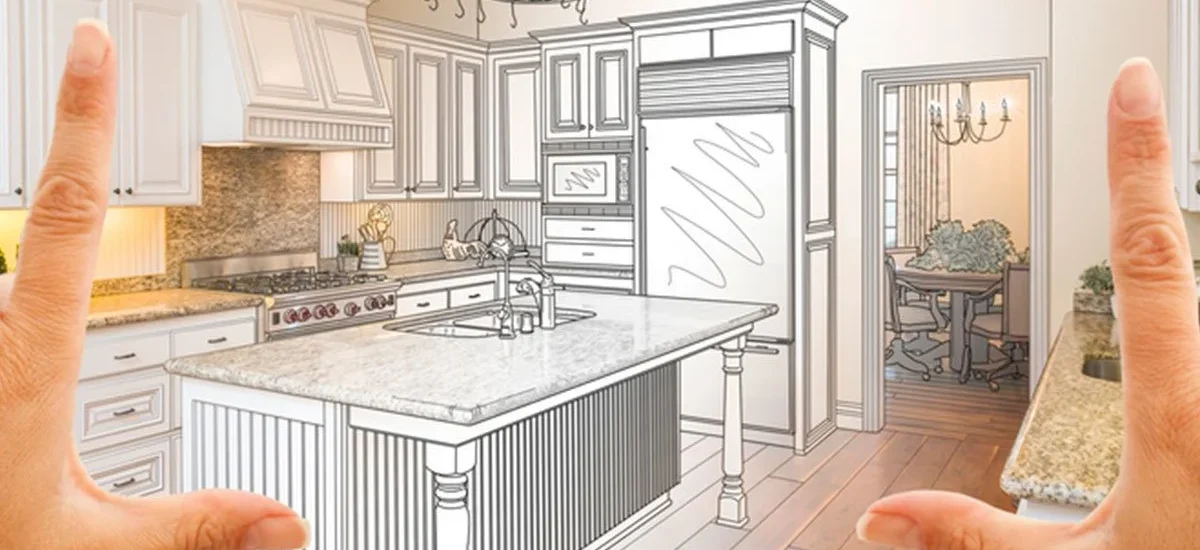
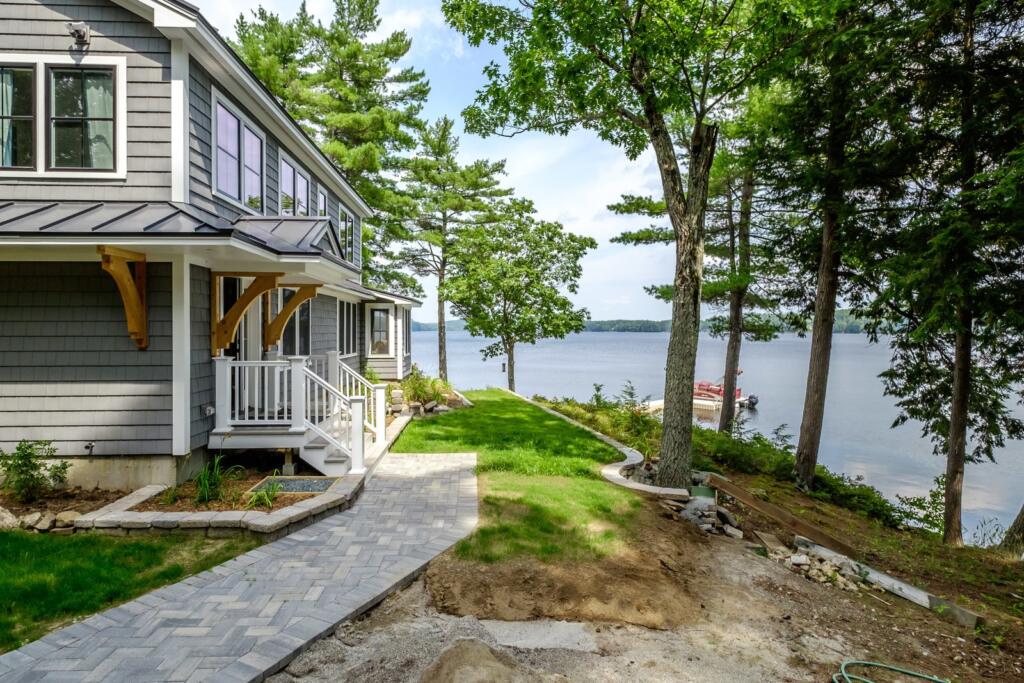



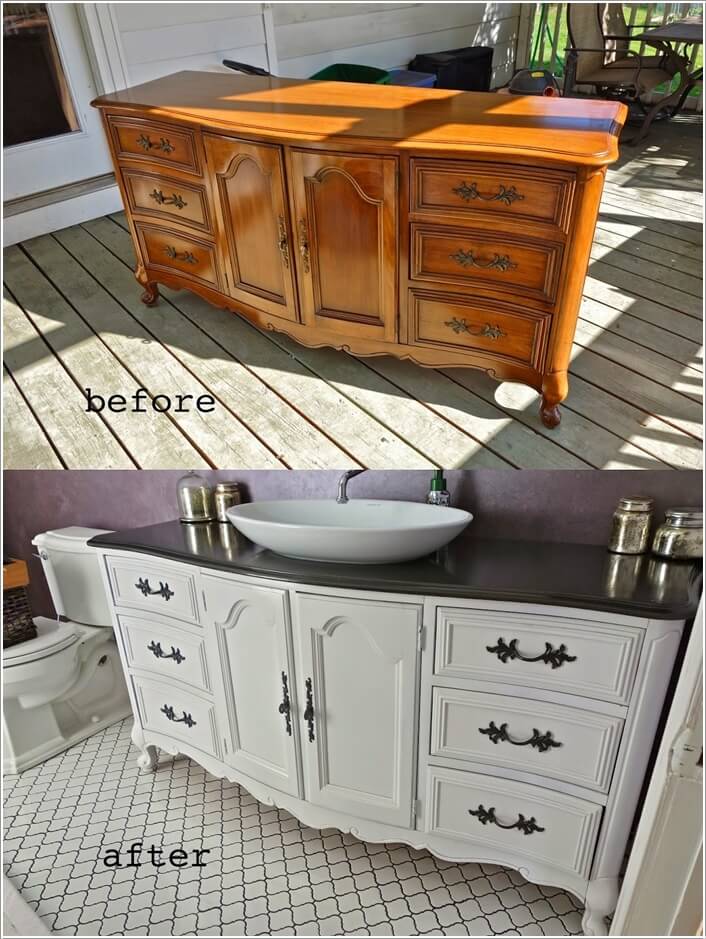
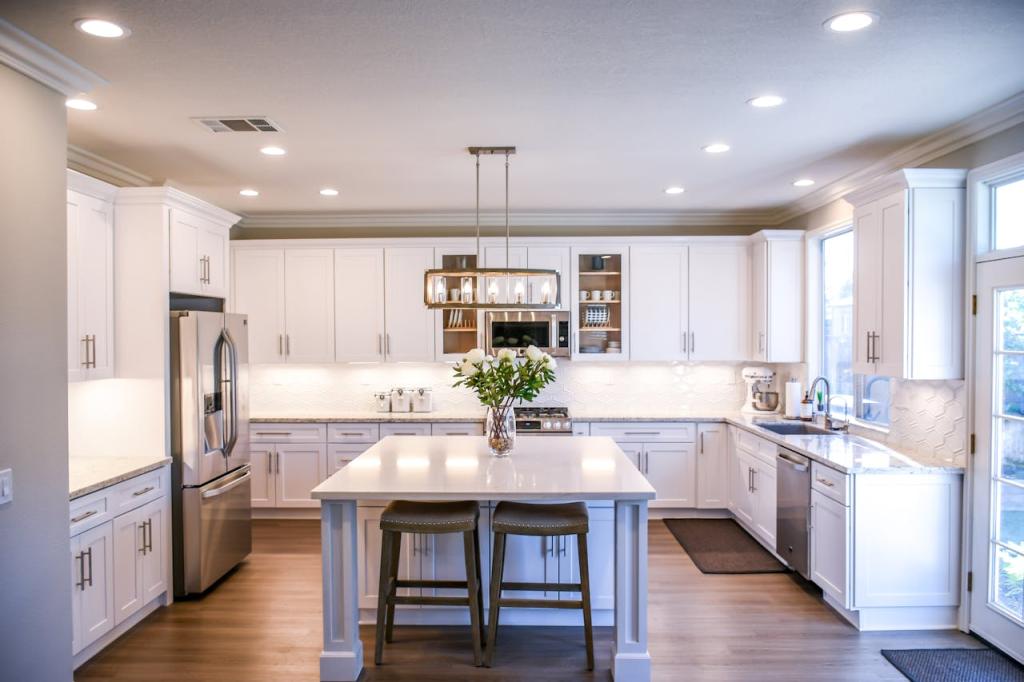

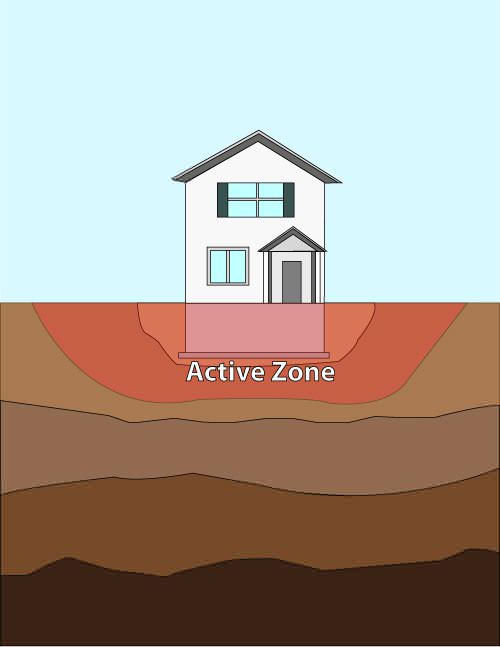
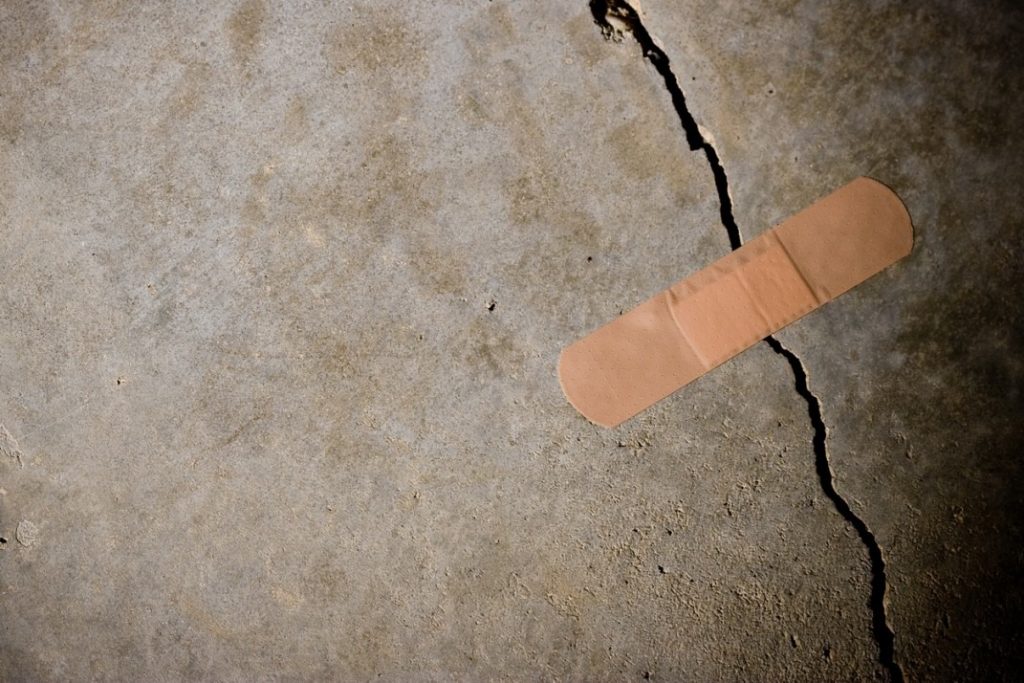
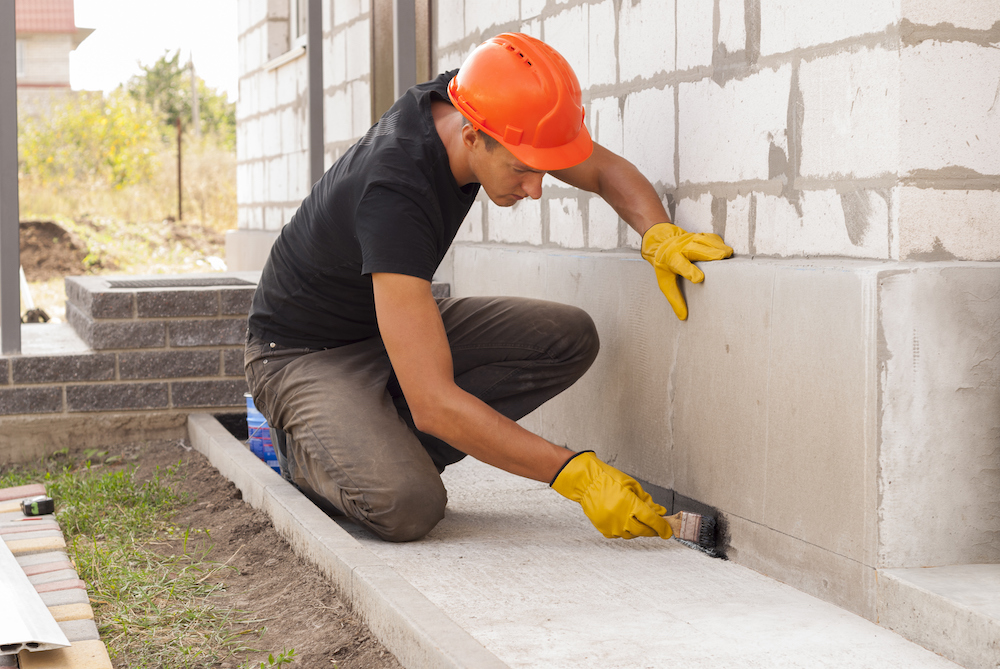
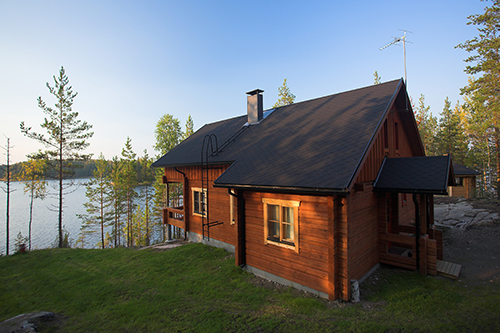
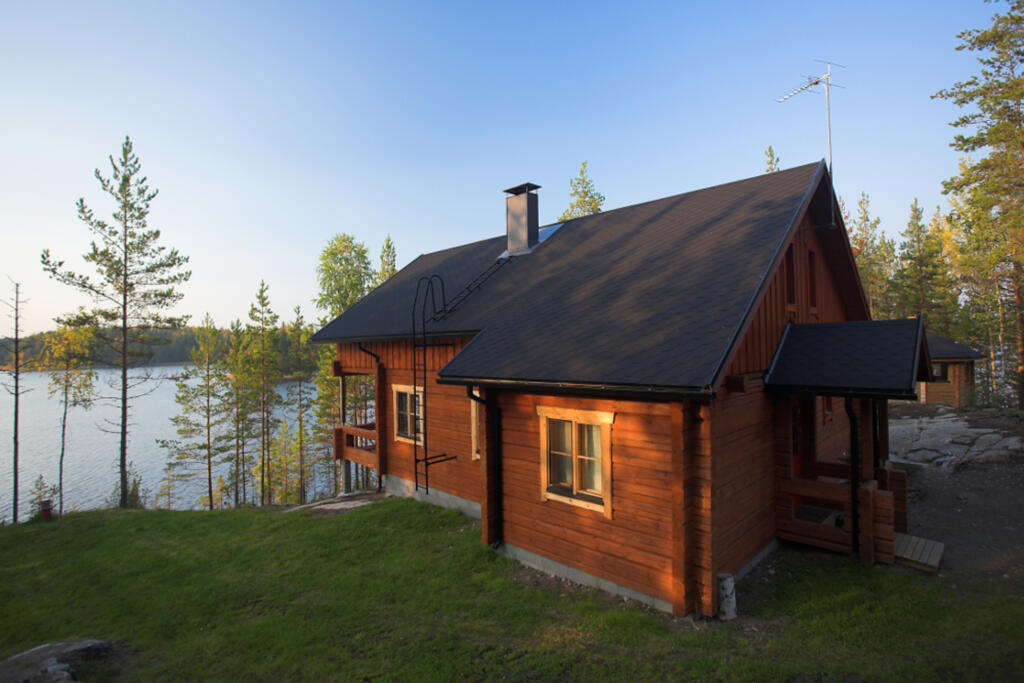
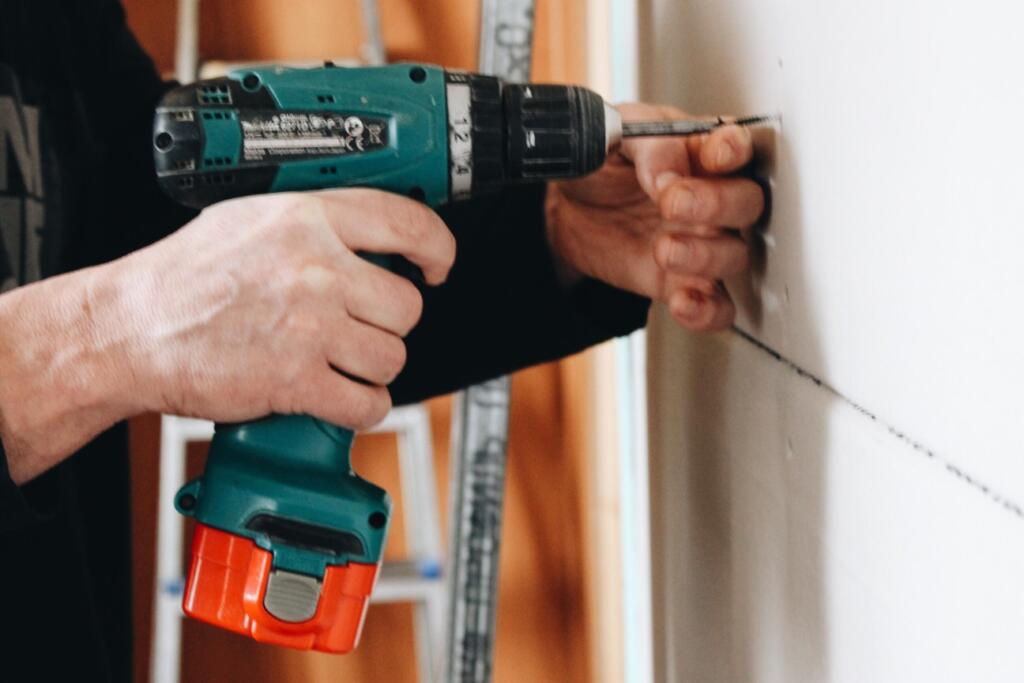





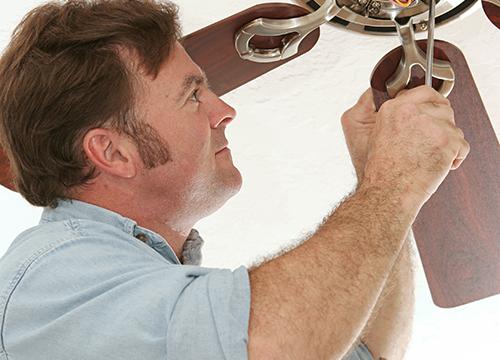
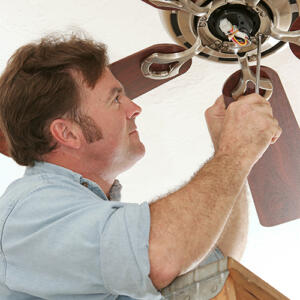
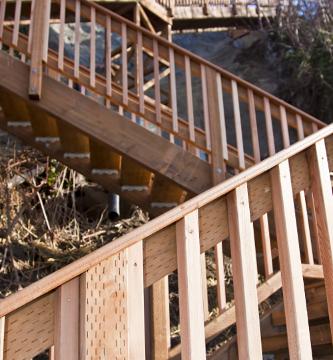
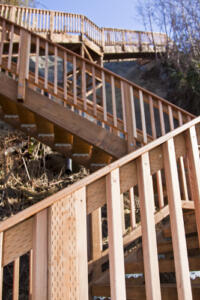
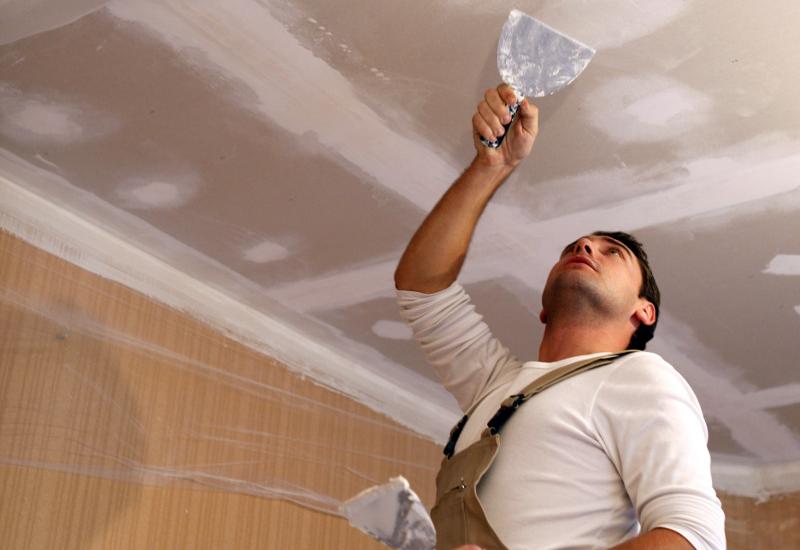
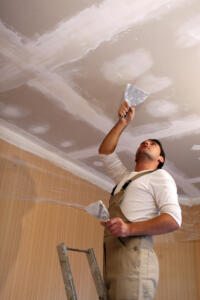
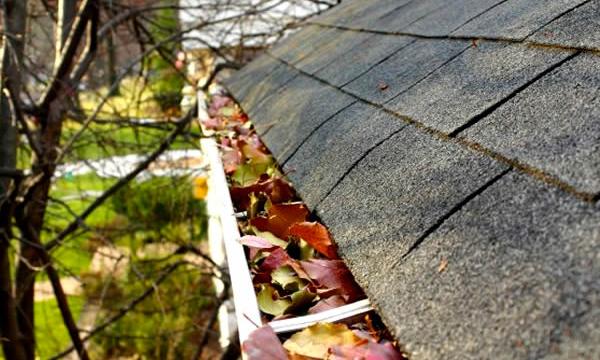
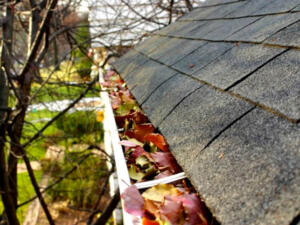
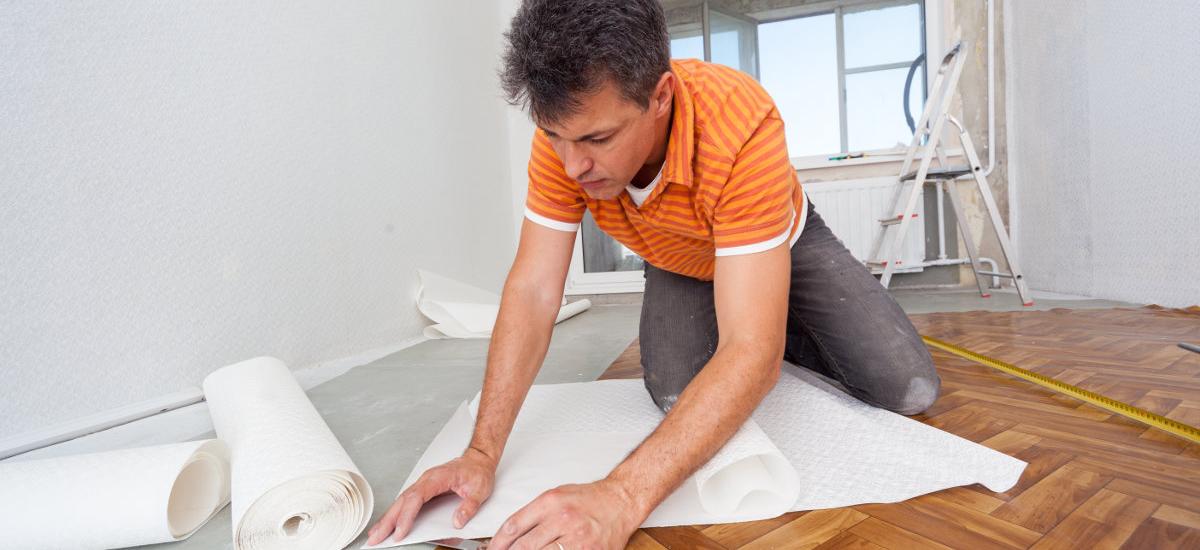
 Schedule Inspections
Schedule Inspections